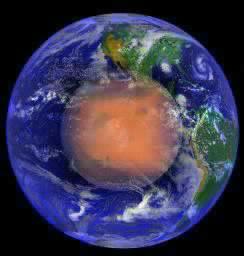
Cydonia Quest C Testing the Arcology Model
c The Main Pyramid
The Main Pyramid forms one of the five highest points in the "City" surrounding the "City Square" mounds. Its location on a 1976 Viking context image can be seen by clicking on this "stargate"µµµ.
General description. The Main Pyramid is the one formation in the Cydonian "City" that actually looks pyramidal - although not a four sided one. This mile wide feature is therefore comparable with the larger D&M Pyramid. The Viking orbiter imaged the Main Pyramid when the Eastern side was in deep shadow, but the MGS has now revealed that the Main Pyramid has five facets. Three of these facets are on the Western side and are arranged in quite a symmetrical way - suggesting a possible design element. The eastern side has two facets of unequal size. If we adopt the arcology hypothesis, the southern part of the Main Pyramid looks as if it was designed around a four sided pyramid, but then the angles suddenly open out so that the northern parts seem to have been designed around a different geometry. I have thought it possible that the "design" of the Main Pyramid is actually based around an involute curve, i.e. an exploding spiral. However, the extreme western edge of the Main Pyramid has not been imaged by the MGS, so I can't follow this idea up. C Possible subsidence features in the Main Pyramid
The crop on the left is taken from a reduced JPL image of the Main Pyramid. The coloured areas are places were I suspect subsidence may be taking place. However, in the case of the Main Pyramid I think a much stronger case can be made for these being the result of erosion than in some other Cydonian formations. A natural explanation would be that the hard ridge lines of the Main Pyramid are due to molten lava forcing its way up through a system of radial fault lines. In the arcology model these pronounced ridges are the eroded main support structures keeping the construction from collapsing under its own weight into interior chambers. The areas I've coloured in green are facets of the Main Pyramid that seem to be sagging between the ridge supports. The top most of these only seems to exhibit a gentle inward subsidence. The other facet appears to have suffered something more akin to a complete collapse and slid down between the the hypothetical support ridges. The meeting places between this facet and the rest of the Main Pyramid is marked by deep fissures. There is even something like a right angled fissure as can be seen in illustration number #1. This collapsed facet (with its fissures) is very similar in nature to the "lid" seen in the North Formation (µµµ) and the "amphitheatre" seen in the West Formation (µµµ).
C C C C
The blue area on the main illustration is where there has been outward slippage in the base on which the Main Pyramid sits. Other websites have drawn attention to how architectural this slippage looks. Illustration #4 provides a full sized image of this feature.
The feature coloured in pink may be a satellite mound of the Main Pyramid that has collapsed into its internal chamber. The alternative explanation is that this is a small volcanic caldera. I have to admit that there is some merit to this argument - although after examining full sized versions of the two MGS images in which this feature has been captured, I'm not convinced that it is volcanic. This feature can be seen in more detail in illustration #5 which is taken from a 1.5 metre MGS image that captured the eastern part of the Main Pyramid. This image also shows more clearly what appears to be the collapsed remains of a small, four sided pyramid sitting on the shoulder of the Main Pyramid. Strangely, the top surfaces of the Main Pyramid do not exhibit any of the "crocodile skin" effect noted on other key formations in the "City". The higher 1.5 metre resolution image does show the top surface covered with a smaller, weakly defined, pattern of blocks and enclosing walls. A lower Sun angle would be necessary in order to highlight these interesting features (although better image enhancement may make things clearer). The Enterprise Mission produced an extremely enhanced (and controversial) image from the lower, 3.4 metre resolution MGS shot that suggested that the blocks are arranged in a highly artificial looking manner, (click here µµµ). c
If the reader has done me the great honour of reading through all the pages in this Arcology section, then I say thankyou and well done! You have proved yourself to have excellent powers of concentration. The preceding pages of analysis haven't proved that the formations at Cydonia are arcologies. However, I hope that I've shown that they contain many features that may indicate widespread subsidence into interior, artificial spaces. Hopefully, we will learn the truth one day (soon). C C
µ Return to the main Arcology page |
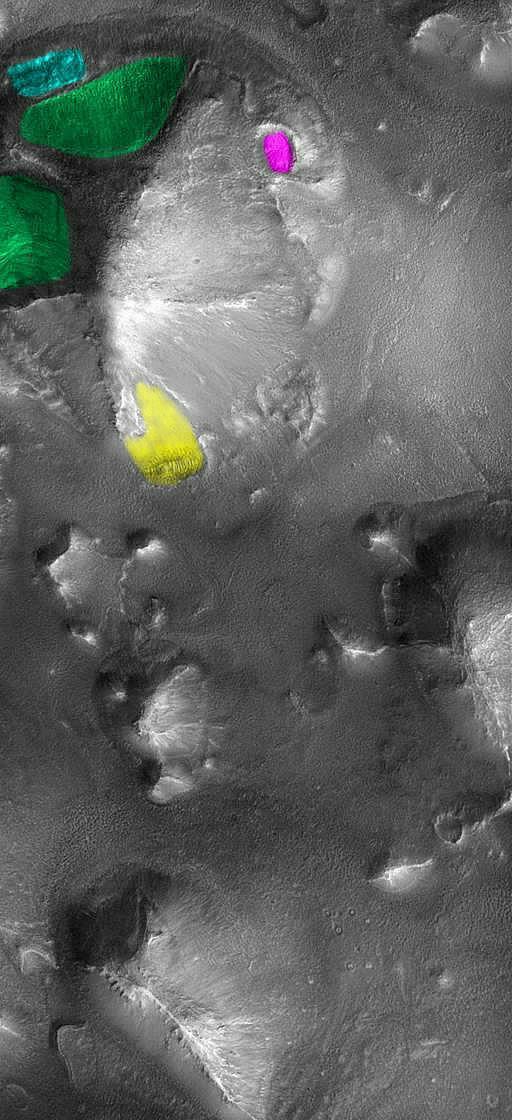 The MSSS Cydonia web page only provides an unprocessed version of the full sized image of the Main Pyramid. However, there are full sized processed images on a JPL/NASA web page that can be accessed by clicking here
The MSSS Cydonia web page only provides an unprocessed version of the full sized image of the Main Pyramid. However, there are full sized processed images on a JPL/NASA web page that can be accessed by clicking here 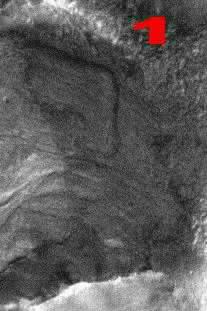
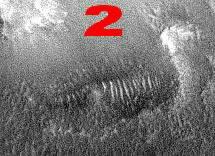

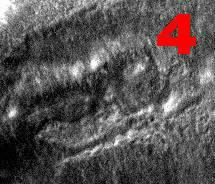
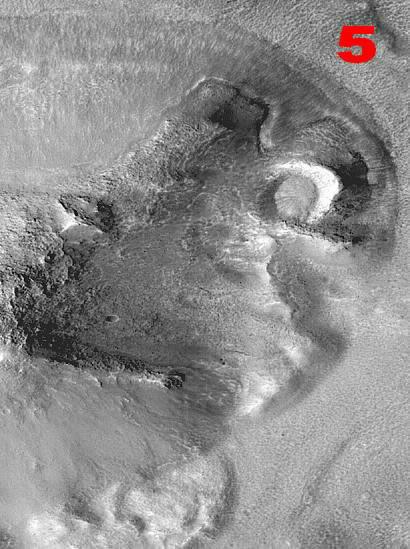 Conclusions
Conclusions